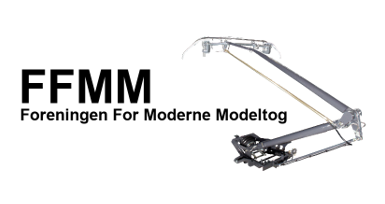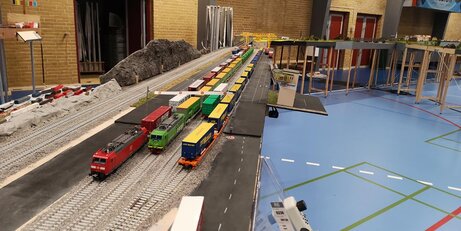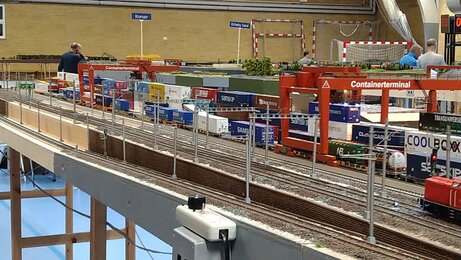Terminals
In the modern period, combined terminals where trailers, swap bodies and containers can easily be moved from train to truck are widely used.
In Denmark we have several good examples of size and what they should be able to;
- Hirtshals - primarily intended for trailers. 1 loading track
- Aarhus - preferably intended for containers. Multiple loading tracks
- Esbjerg - preferably intended for containers. 2 loading tracks
- Taulov - intended for trailers, swap bodies and containers. Multiple loading tracks
- Padborg - intended for trailers, swap bodies and containers. Multiple loading tracks
- Tåstrup - intended for trailers, swap bodies and containers. Multiple loading tracks
But what then in model?
In model, size often depends on space available. In our association we do not think space, but more where fits in. And what should a combined terminal in a model be able to handle? Here are some thoughts regarding that;
- shall it be connected to another station (such as Esbjerg)
- should it be independent and have its own driveway track from a main track (like Taulov)
- should it be a smaller version (like Hirtshals)
- should it be medium-sized (like Aarhus)
- should it be really big and hub (like Taulov)
- it must be able to take full trains up to 4.5 m
- it must be able to take full trains up to 3 m
- the large container cranes are almost no longer used in Denmark
- it is mostly reachstackers that are used





